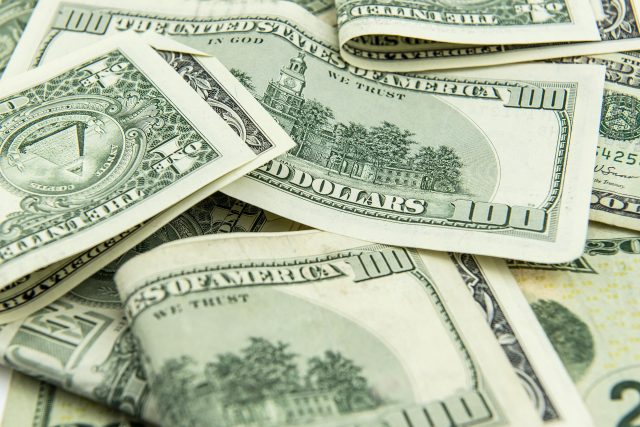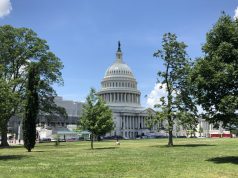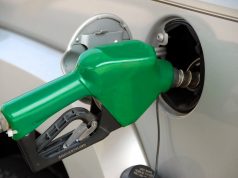US – FDIC just halted and closed Silicon Valley Bank after a run to withdraw monies from the bank send it into a death spiral.
Here is what happened on Wednesday Silicon Valley Bank, announced it had sold a bunch of securities at a loss and would sell 2.25 Billion in new shares to keep its balance sheet. This sent a panic through the grapevine and companies started to withdraw monies from the bank sending it into upheaval. The company’s stock also plummeted causing National issues with companies and banks who worked with the Billion dollar bank. On Friday the FDIC (Federal Deposit Insurance Corporation) entered the bank at midday and closed the bank and seized all deposits.
“All insured depositors will have full access to their insured deposits no later than Monday morning, March 13, 2023. The FDIC will pay uninsured depositors an advance dividend within the next week. Uninsured depositors will receive a receivership certificate for the remaining amount of their uninsured funds. As the FDIC sells the assets of Silicon Valley Bank, future dividend payments may be made to uninsured depositors,” said the FDIC.
Silicon Valley Bank had 17 branches in California and Massachusetts. The main office and all branches of Silicon Valley Bank will reopen on Monday, March 13, 2023. The DINB will maintain Silicon Valley Bank’s normal business hours. Banking activities will resume no later than Monday, March 13, including on-line banking and other services. Silicon Valley Bank’s official checks will continue to clear. Under the Federal Deposit Insurance Act, the FDIC may create a DINB to ensure that customers have continued access to their insured funds.
As of December 31, 2022, Silicon Valley Bank had approximately $209.0 billion in total assets and about $175.4 billion in total deposits. At the time of closing, the number of deposits in excess of the insurance limits was undetermined. The number of uninsured deposits will be determined once the FDIC obtains additional information from the bank and customers.











